When a glowing stadium appeared to hover above the Saudi desert in a viral video, the internet lit up. Across X, TikTok, and YouTube, millions shared what they believed was the “world’s first Sky Stadium”, a futuristic football arena floating hundreds of metres above the sands within NEOM’s linear megacity, The Line. The imagery was breathtaking, cinematic and entirely fabricated.
The Viral Illusion
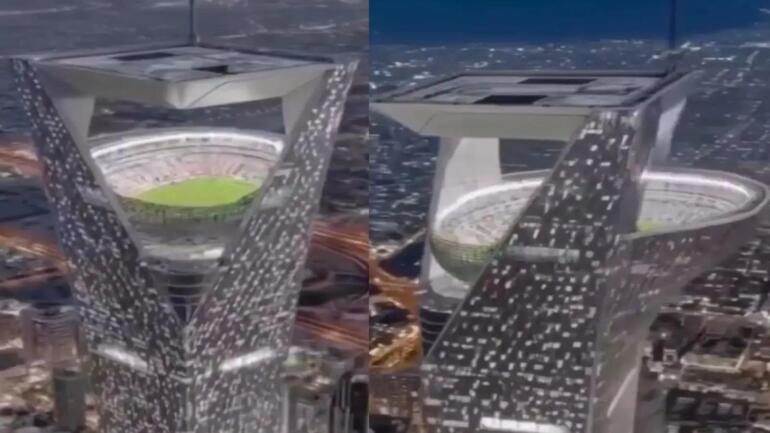
The AI generated false image
The images showing a shimmering bowl floating 350 metres above the ground, was entirely AI-generated. It wasn’t an official Saudi release, nor part of FIFA’s 2034 World Cup bid materials. Instead, the clips were the work of digital artists using AI design platforms like Midjourney and Unreal Engine, blending NEOM’s conceptual imagery with cinematic flair. Architectural analysts quickly spotted the telltale signs — unrealistic lighting, looping crowd movements, impossible reflections, and physics-defying drone sweeps. Even so, the visuals spread globally, fuelling speculation that Saudi Arabia was planning to build a “floating” stadium in the clouds.
The Real Project: NEOM Stadium Inside ‘The Line’
The truth, while less fantastical, remains extraordinary.
Saudi Arabia’s official bid for the 2034 FIFA World Cup includes 15 stadiums spread across Riyadh, Jeddah, Al Khobar, Abha, and NEOM. Among them is the NEOM Stadium, a high-altitude venue designed to be “more than 350 metres above ground level, within The Line.”
This phrasing — “within The Line” — led to much of the misunderstanding. The stadium is not floating above the desert; it is planned to be embedded inside the vertical layers of The Line, a colossal linear city envisioned to stretch over 170 kilometres across Saudi Arabia’s northwest.
According to early design descriptions, the NEOM Stadium will occupy the fourth and fifth levels of this mirrored megastructure — making it elevated, enclosed, and self-contained within a multi-level urban environment.
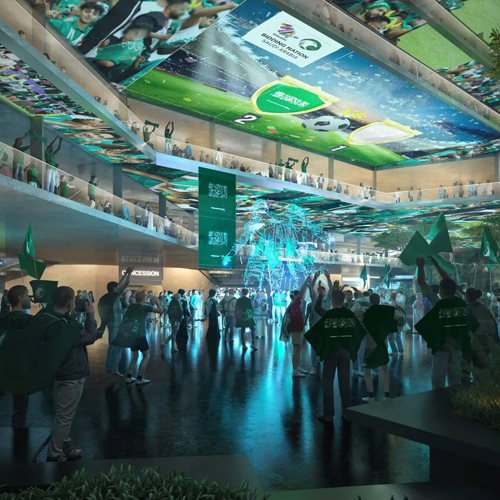
Specifications and Sustainability
The stadium is projected to seat approximately 46,000 spectators, making it one of the mid-sized but most technologically advanced venues for the 2034 World Cup.
It will be powered entirely by renewable energy, reflecting NEOM’s broader promise of sustainability. Surrounding the arena will be a sports and wellness district with residential towers, hotels, and electric mobility links integrated directly into The Line’s transport systems.
Construction is expected to begin in 2027, with completion targeted between 2032 and 2039, though timelines remain fluid as The Line itself is still in early-stage development.
Vision 2030 and the Future of Sports Architecture
The NEOM Stadium forms part of Crown Prince Mohammed bin Salman’s Vision 2030, an ambitious initiative to diversify Saudi Arabia’s economy beyond oil, using sports, tourism, and technology as strategic growth engines. Alongside Qiddiya, a planned sports-entertainment district near Riyadh, and New Murabba, a futuristic downtown development, NEOM represents the Kingdom’s most daring urban experiment — a fusion of ecological urbanism, artificial intelligence, and architectural spectacle.
If built as envisioned, the NEOM Stadium could redefine the relationship between architecture, technology, and sport, a stadium not as a stand-alone monument but as an integrated ecosystem within a vertical smart city.
Engineering Feasibility and Design Challenges
Yet, the stadium’s engineering feasibility raises several questions.
Constructing a 46,000-seat arena hundreds of metres above the desert floor involves complex challenges in load distribution, wind resistance, vibration control, and heat management. Access logistics — from crowd elevators and autonomous pods to emergency evacuation systems — demand unprecedented safety innovations.
Experts caution that “suspending” such a heavy structure within The Line’s framework requires more than architectural imagination; it demands materials and engineering capabilities that are still being tested at NEOM’s pilot sites.
Moreover, NEOM’s megaprojects have undergone multiple scope revisions, often scaling down or delaying features to align with real-world constraints. The stadium’s timeline, therefore, remains aspirational.
Public and Ethical Debate
While the “Sky Stadium” has captured imaginations, it has also ignited ethical and environmental debates.
Human rights organizations, including Amnesty International and Human Rights Watch, have documented forced evictions and executions of members of the Huwaitat tribe, displaced from NEOM’s project zones. Allegations of labour exploitation and opaque governance continue to shadow the Kingdom’s architectural ambitions.
Critics argue that such megaprojects risk prioritizing spectacle over substance, constructing gleaming symbols of progress that mask deeper social and ecological costs.
Fact vs. Fiction: The Clear Divide
The viral claims about Saudi Arabia’s so-called “Sky Stadium” have been circulating widely, but a closer examination separates digital fantasy from verifiable fact.
Claim 1: The stadium will “float” 350 metres above the desert.
Reality: This is false. The NEOM Stadium is not a levitating structure; it will be constructed within The Line’s vertical layers — roughly 350 metres above ground level, but enclosed and supported inside the megacity framework, not hovering independently in the sky.
Claim 2: Official renders show the glowing “Sky Stadium.”
Reality: False again. The videos and images that went viral online are not official Saudi releases but AI-generated fan art, created using platforms such as Midjourney and Unreal Engine. Neither NEOM nor FIFA has issued any official visuals resembling the “floating” design.
Claim 3: Construction of the stadium has already begun.
Reality: This claim is untrue. The project remains in its design and feasibility phase, with groundwork expected to start only after 2027. The Line itself is still under early development, and the stadium’s final engineering model has yet to be confirmed.
A Symbol of Ambition and Illusion
In many ways, the “Sky Stadium” story encapsulates the paradox of NEOM itself — a project suspended between imagination and implementation, between utopia and PR spectacle.
The viral AI visuals may have misled millions, but they also reflect a truth: Saudi Arabia’s futuristic cities are being designed as performances of progress, where architecture doubles as branding for a nation reinventing its global image.
Whether the NEOM Stadium ultimately rises within The Line or remains a digital fantasy, it already symbolizes the blurring boundaries between vision and virtuality in 21st-century architecture.
The Bottom Line
Saudi Arabia is not building a floating football stadium.
It is, however, attempting something almost as bold, embedding a World Cup venue inside a vertical city, powered by renewable energy and framed by its own contradictions. The “Stadium in the Sky” may exist only on screens, but it points to a larger reality: the future of football and perhaps of cities, is being drawn somewhere between engineering, illusion, and aspiration.
Images- parametric-architecture.com, https://luxurylaunches.com





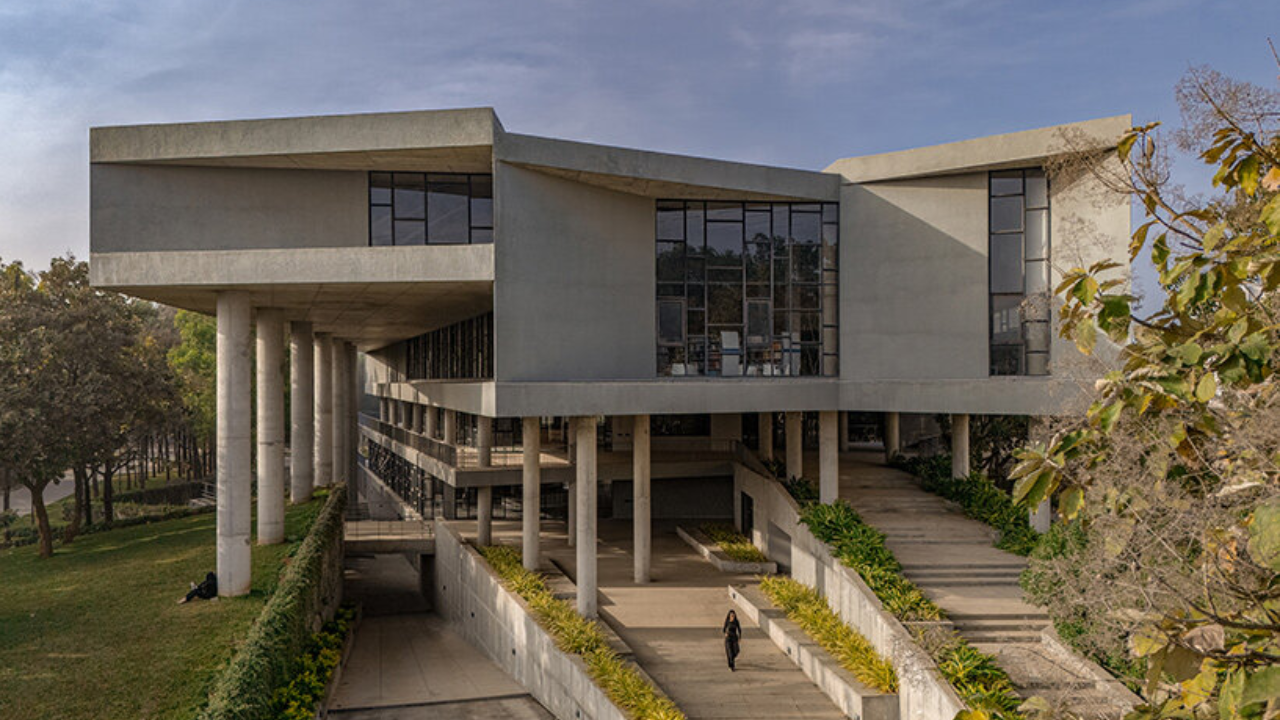
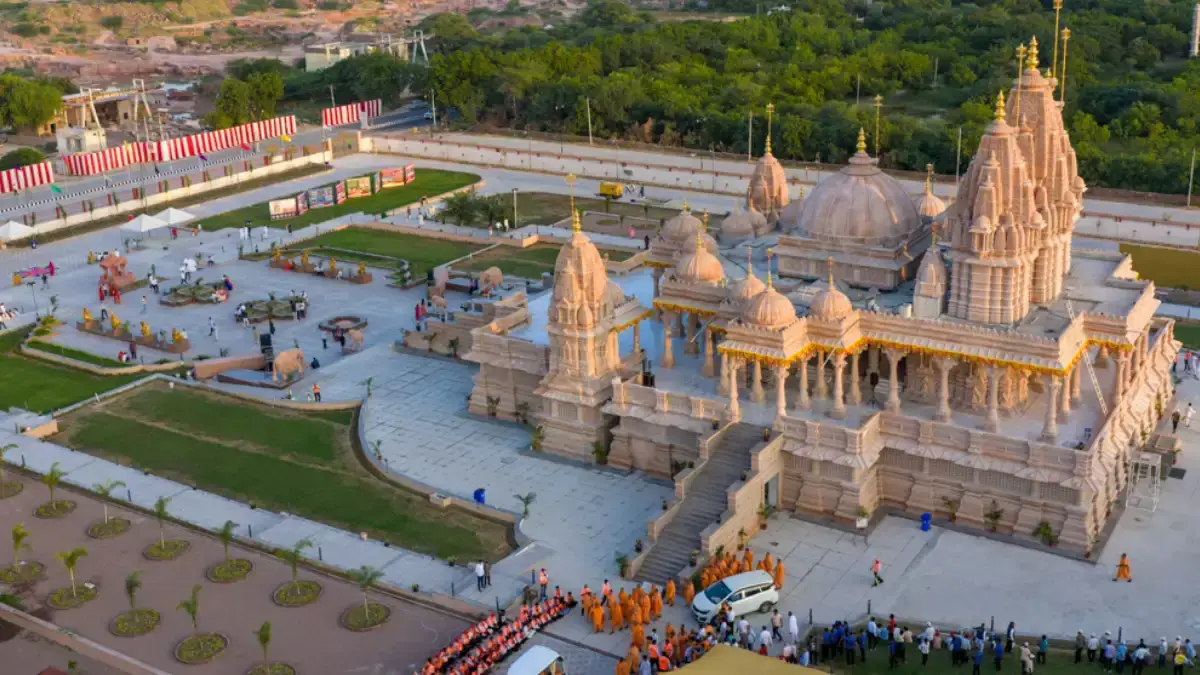

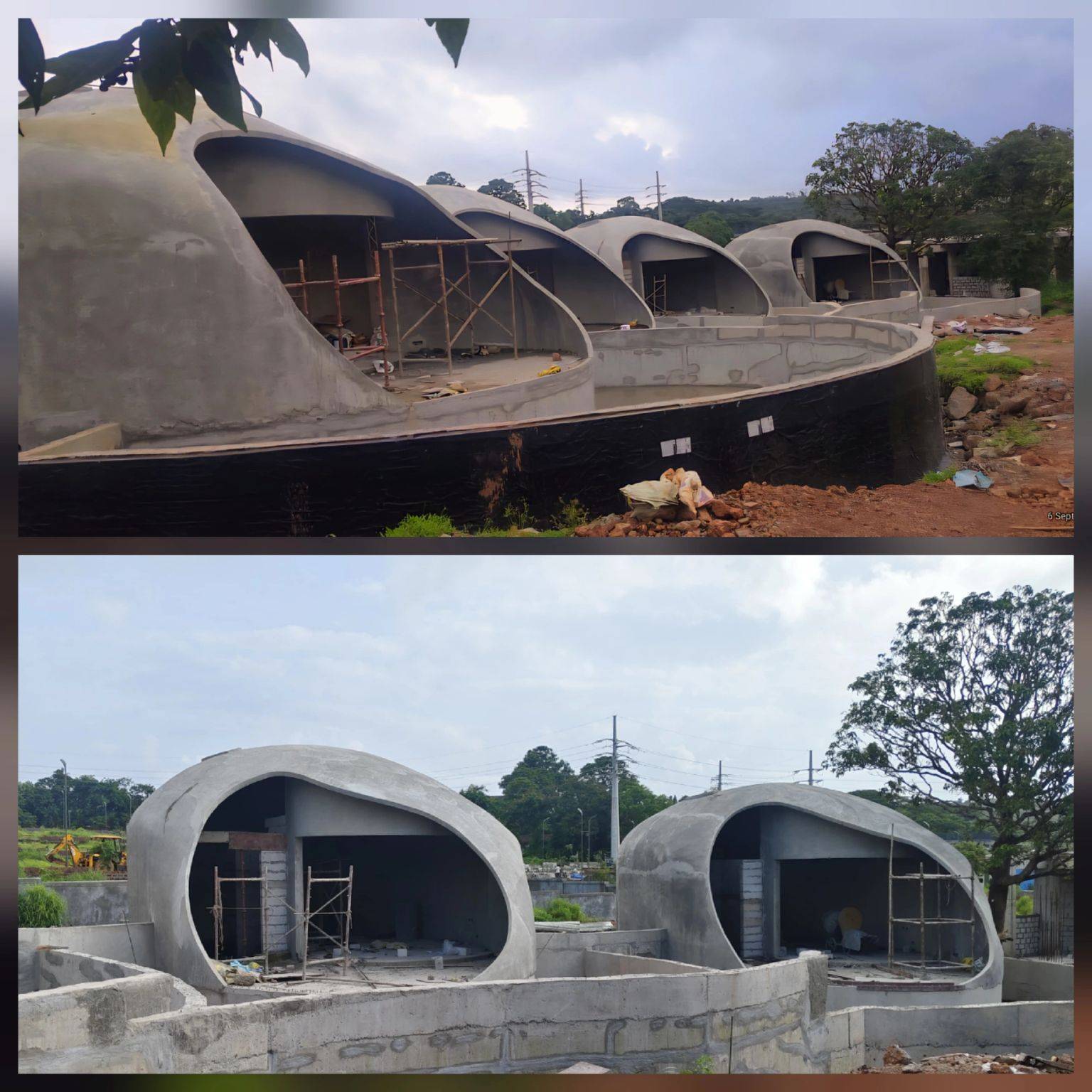
.png)